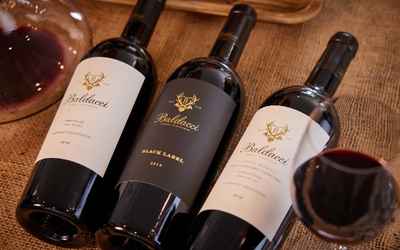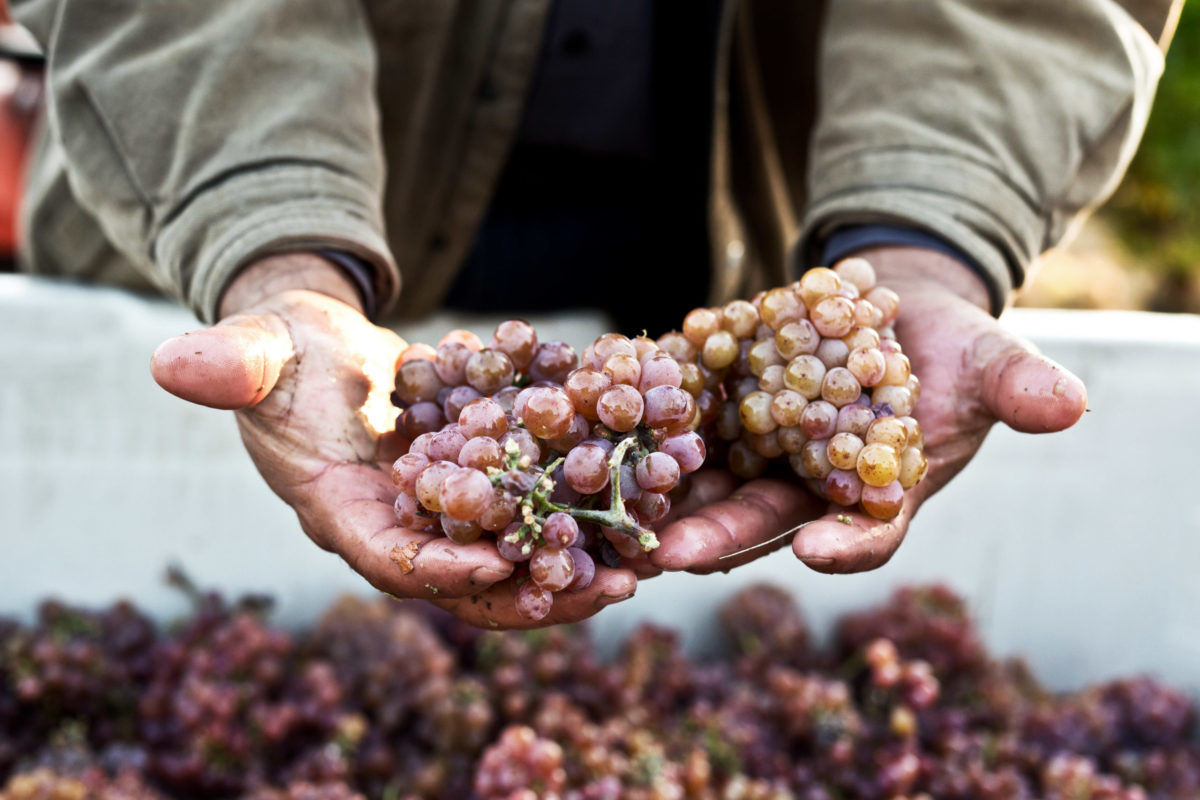Your Guide to Understanding Conventional, Sustainable, Organic, & Biodynamic Viticulture
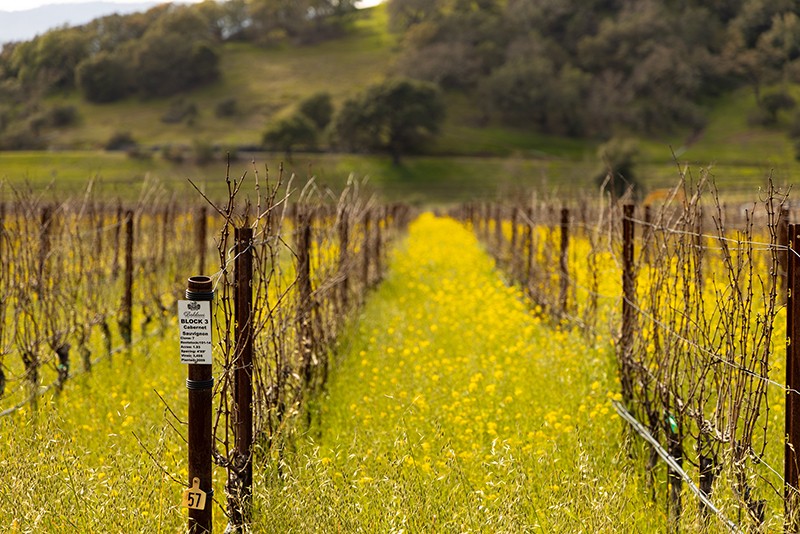
“Great wines are grown, not made.”
Statements like the above are a common refrain among environmentally-conscious producers, but what do they actually mean? As with other types of farming, grape growing, or viticulture, can take many different forms. In this post, we’ll break down the main approaches to viticulture: conventional, sustainable, organic, biodynamic, and precision.
Early in my wine journey, I had the chance to meet and taste with winemakers who employed different practices – “natural”, biodynamic, sustainable, and regenerative, among others – but there was always a common thread: a commitment to the land that showed up in the glass: quality wines that were complex and unique, akin to an artisan product or an heirloom tomato. I quickly learned that there was a strong connection between the quality of the grapes and the quality of the wine in my glass. Today, my purchasing decisions are driven just as much by wine type or style as they are by the specific farming practices employed by the producer.
For any wine lover, understanding more about farming practices will help you make more informed decisions about what to drink…and feel good doing it!
Conventional Viticulture
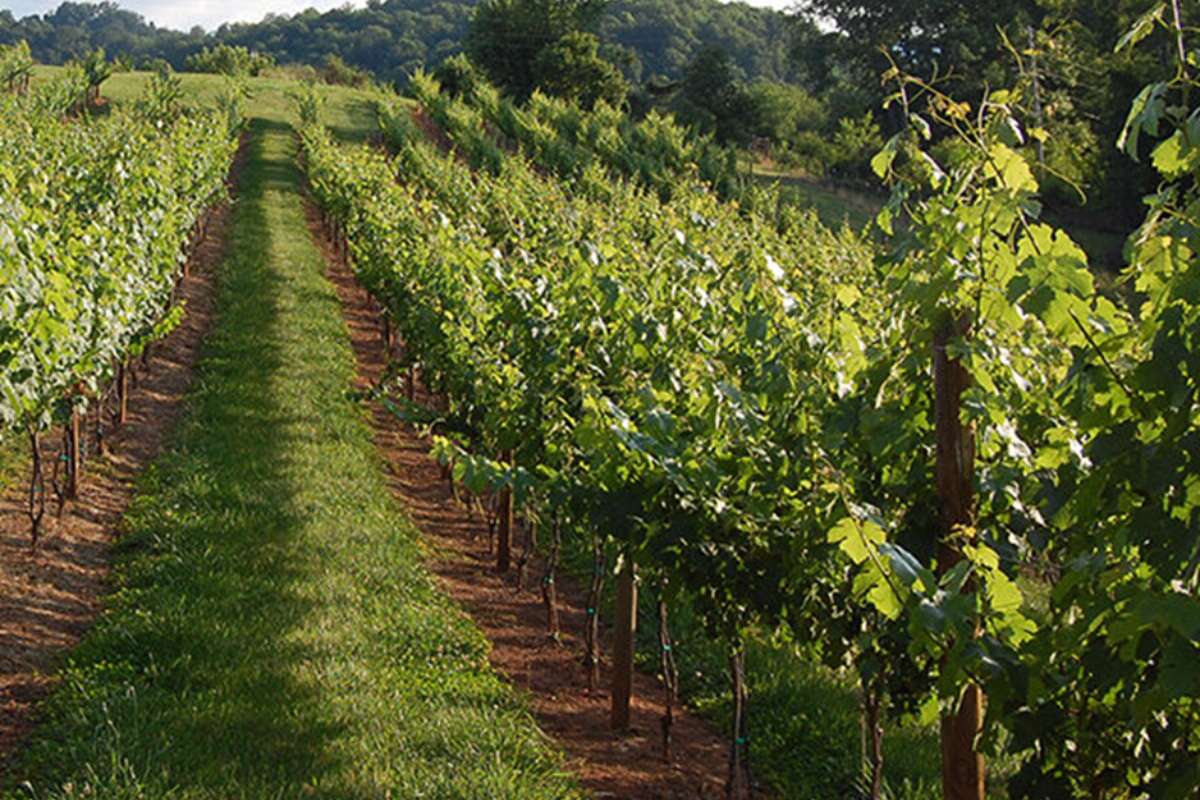
This image shows a common view of a conventionally-farmed vineyard. The undervine area has been sprayed with herbicides to mitigate against weeds.
Conventional viticulture saw a rise in the later part of the twentieth century, similar to farming in general. Conventional viticulture focuses on increasing production while reducing labor needs, using mechanization, chemicals such as herbicides, fungicides, and pesticides, irrigation, and mineral fertilizers. Vineyards became a monoculture, with other plants and weeds kept at bay with chemicals. While this indeed allowed mechanization, reduced competition, increased yields, and lower costs, it also had negative consequences: quicker spreading of diseases and pests, nutrient depletion, and groundwater contamination from chemicals.
As producers, consumers, and legislators began to realize these harmful effects, many grape growers have taken steps to limit or discontinue their reliance on chemicals and other intensive farming methods.
Sustainable Viticulture
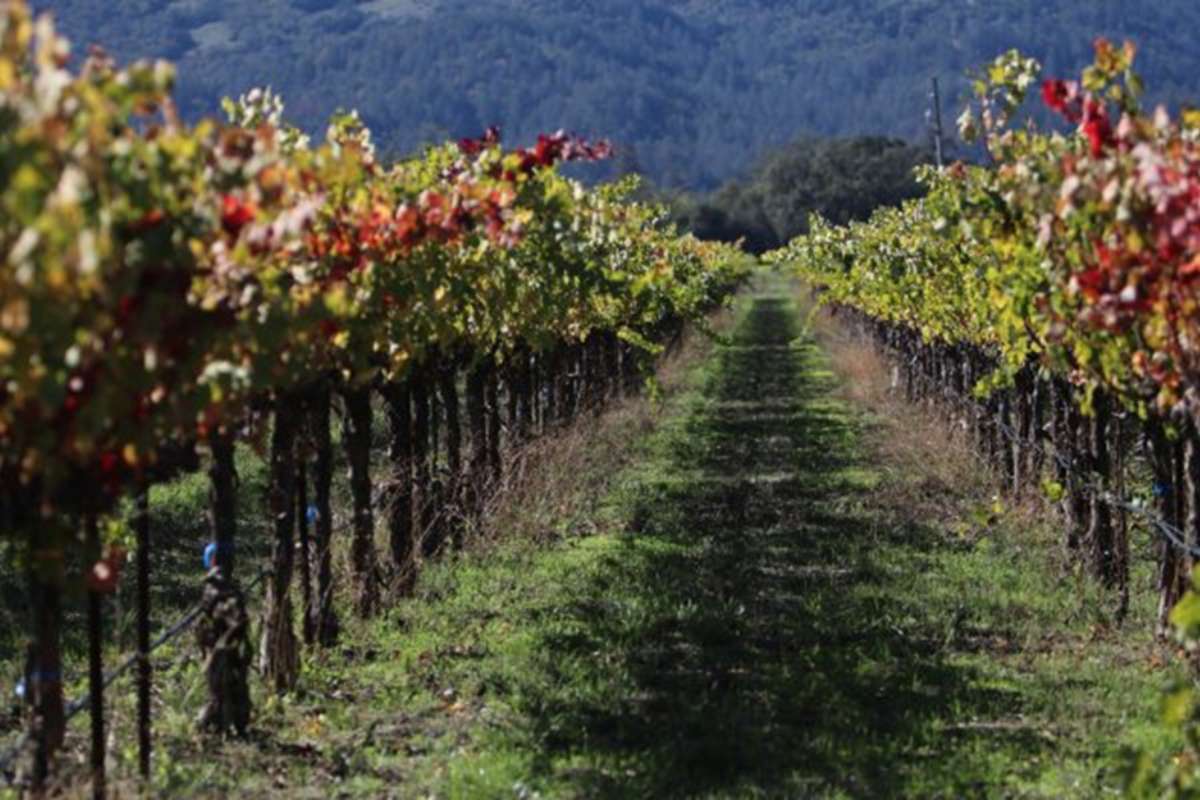
Notice that the soil under the vine does have some growth. Mowing and animal grazing (sheep) help keep the weeds at bay.
Sustainable viticulture focuses on environmental as well as social and economic sustainability. Environmental sustainability revolves around promoting biodiversity in the vineyard, minimizing the use of chemicals, efficient energy use, waste reduction, and overall minimizing the environmental impact of grape growing. This is achieved through an understanding of the vine’s lifecycles and vineyard pests and diseases and monitoring of weather forecasts to predict and prevent disease outbreaks before they happen.
Integrated pest management (IPM) is a system used in sustainable agriculture that focuses on anticipating potential problems, boosting the grapevine’s own natural defenses, and acting at the most effective time. This includes knowing when to look for specific pests, what signs to look for, and identifying signs of damage to know when treatment is required. It includes preventative measures, identification and monitoring of pests, setting thresholds for when action must be taken, and evaluation and implementation of treatment options when those key thresholds are reached.
Overall, sustainable viticulture reduces spraying when compared to conventional viticulture, and because of the cost savings from less treatments, further incentivizes grape growers to employ sustainable practices. It also takes into account issues like water availability and climate change, and thus is a thoughtful, holistic approach to grape growing that allows the grower to take the best course of action in each situation in order to minimize long-term environmental impact.
The disadvantages include a lack of protection and consistent standards for using the term “sustainable.” However, certification bodies such as Napa Green and Lodi Rules seek to establish guidelines and standards for grape growers in their respective regions.
Organic Viticulture
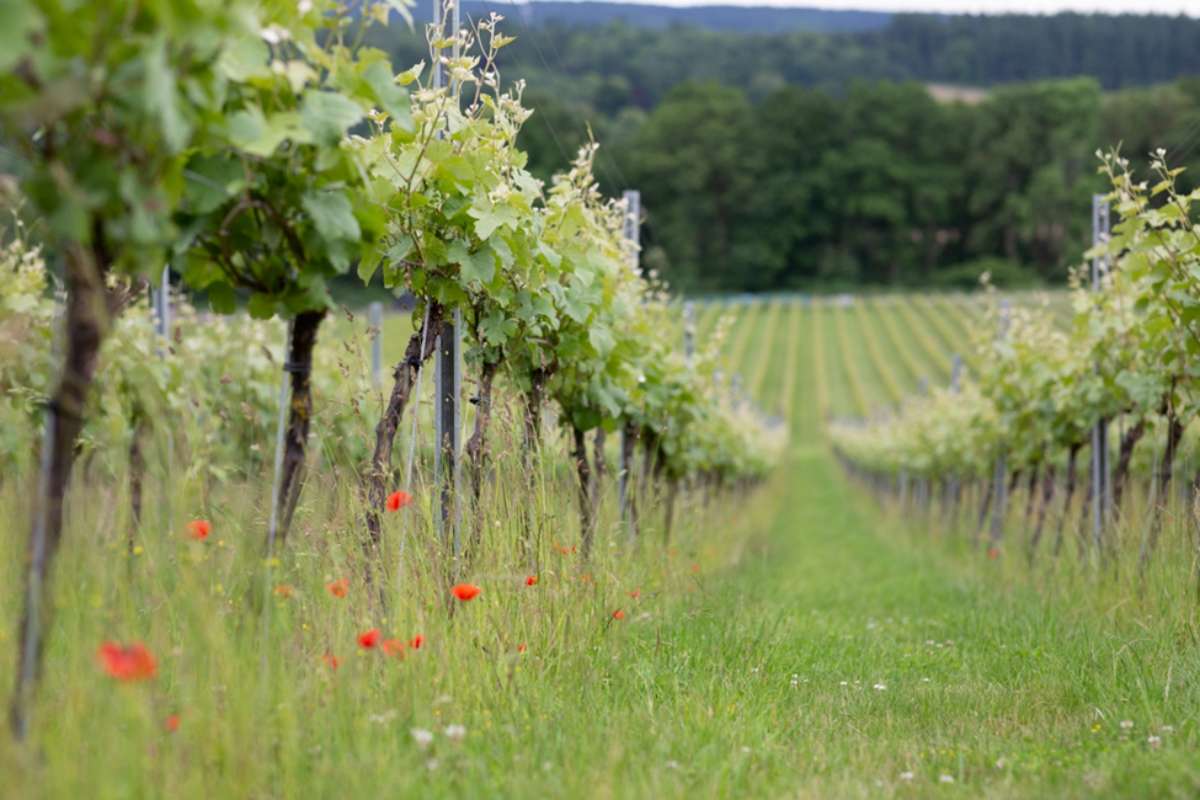
Organic vineyards can often look unkempt. With a trained eye, however, one can begin to notice that rather than weeds, the undervine plants are strategic and create a micro-culture of beneficial habitat nutrients for the soil.
Organic viticulture eschews the use of synthetic chemicals, such as fertilizers or pesticides, in the vineyard. Organic certification is highly regulated, usually with government involvement at the state or national level. In the U.S., the USDA’s National Organic Program provides certifying criteria to designated bodies. In California, the California Certified Organic Farmers (CCOF) provides organic certification to agriculture (including viticulture) in the state of California. Under the CCOF program, a vineyard must be farmed without the use of any prohibited substances for a minimum of three years before gaining its organic certification.
Grape growers who farm organically use many of the same practices of sustainable viticulture; in addition, they use traditional applications such as sulfur and monitor the weather and vineyard carefully to only spray when necessary. Organic viticulture has many advantages, including improved health of the vine and soil as well as the greater environment, through the elimination of synthetic chemicals that can be dangerous to the health of humans and animals as well as contribute to groundwater pollution.
Biodynamic Viticulture
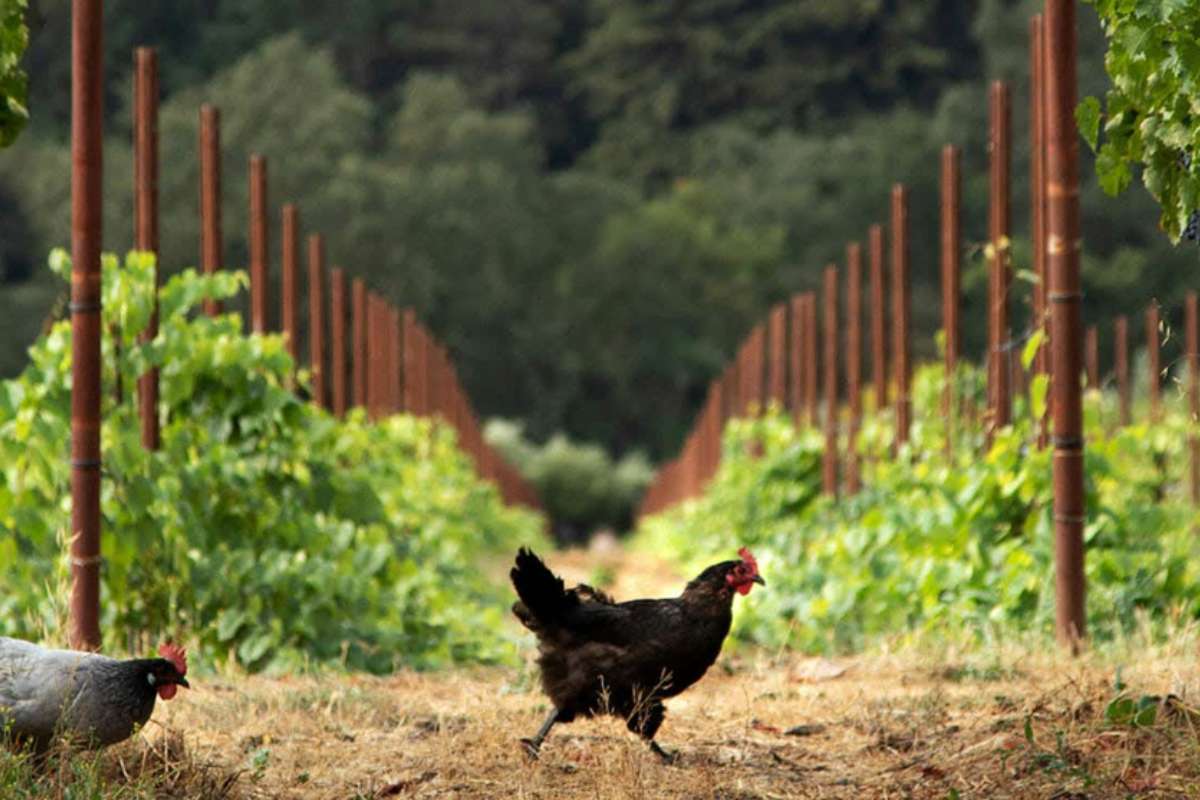
The symbiosis between plant and animal is the penultimate expression of biodynamic farming!
Biodynamic viticulture follows organic principles but also bases its practices on the metaphysical realm. The vineyard is seen as a living organism that is connected to the greater Earth, stars, and planets, and thus the practices seek to achieve balance between the physical and nonphysical elements of the universe.
Biodynamic producers use special compost mixtures, called “preparations” with the aim of increasing the health of the soil, mitigating pests and diseases, and strengthening the energy and life forces in the vineyard. They also utilize calendars that are based on the cycles of the moon and position of planets, which guide them on decisions like planting vines, pruning, harvesting, and other activities. Certain days are considered fruit days, flower days, leaf days, or root days, and some days are even better for tasting and drinking wine than others! For fun, try downloading the When Wine Tastes Best app and use it the next time you’re enjoying wine with friends.
What’s important to you when choosing a wine? Connect with us on social @baldacciwinery and share your thoughts with us!
